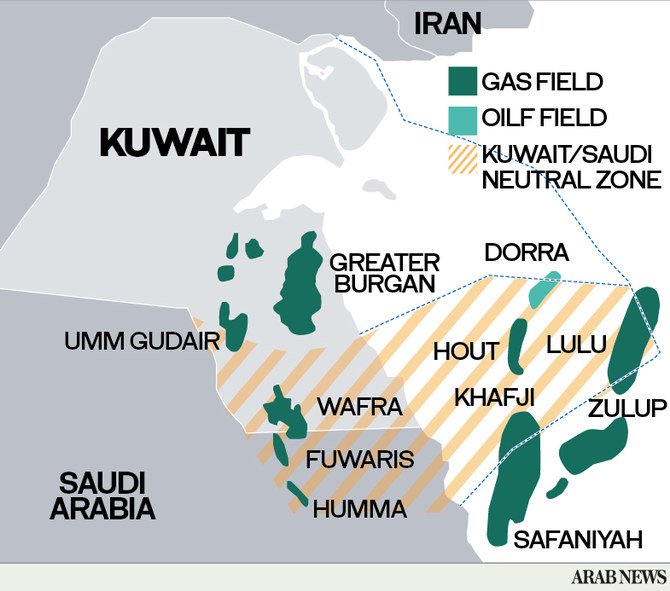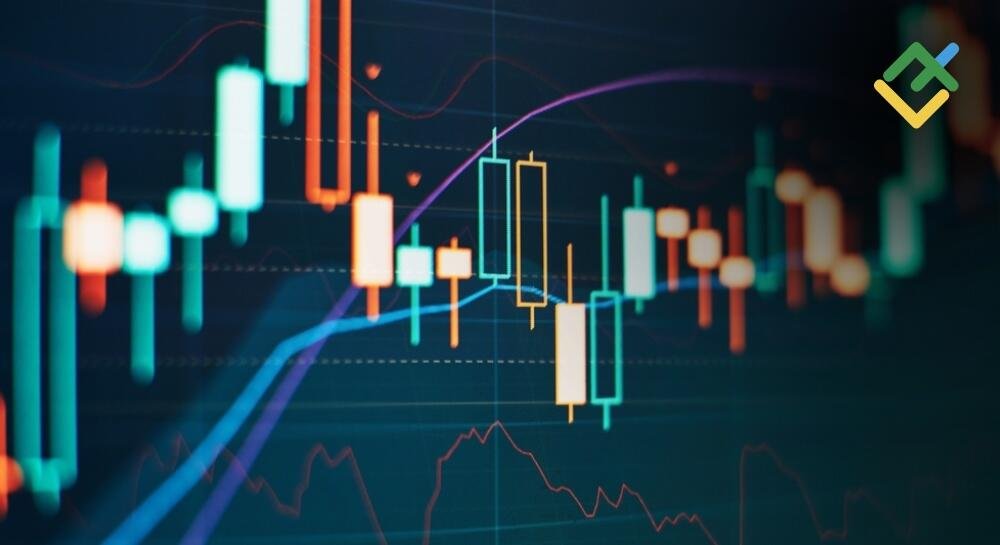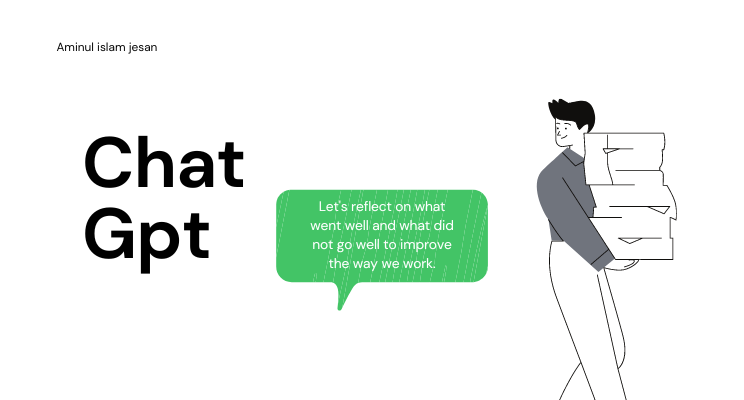The Durra Gas Field, situated at the intersection of the northern Arabian Gulf, is surrounded by claims from three countries: Kuwait, Iran, and Saudi Arabia. The Durra gas field map is not just a representation of territory but also a symbol of regional power, negotiation, and potential cooperation. Let’s delve deeper into the intricacies of this significant location.
Understanding the Durra Gas Field
Discovered in the mid-1960s, the Durra Gas Field emerged at a time when maritime boundaries were vague and gas wasn’t seen as a strategic asset. This field, referred to as the Arash Field by Iran, remains largely untouched due to overlapping territorial claims, and the history of negotiations associated with it. The Durra gas field map outlines the boundaries where Kuwait and Iran awarded overlapping offshore concessions because of the unclear maritime boundary. At the same time, Kuwait and Saudi Arabia agreed on a neutral zone known as the Partitioned Neutral Zone (PNZ), where both countries would jointly develop hydrocarbon fields.
The Current Status and Challenges
While discussions around the field developments have always been complicated, the focus has largely been on oil fields such as Wafra, Hout, and Khafji, leaving Durra undeveloped. The need for gas in both Saudi Arabia and Kuwait became evident in the early 2000s, leading to resumed discussions about the joint development of the Durra Field. However, in 2013, disagreements around pipeline routes and sharing of gas production halted these talks.
Given the emerging importance of gas, it’s intriguing to see that the Durra gas field map remains so complex and challenging to navigate.
Influence on Regional Relations
The Durra Gas Field could be seen as a litmus test for the relationships between Kuwait, Saudi Arabia, and Iran. With the field lying in the northern sector of the PNZ, Kuwait might push for the role of the operator. However, the Saudis possess the technical expertise needed for such a project. The involvement of Iran adds another layer of complexity. While Kuwait and Saudi Arabia have reached mutual understanding concerning the PNZ’s delineation, boundaries with Iran remain undefined.
The Way Forward
As the global gas and LNG market continues to evolve, the significance of the Durra gas field map expands beyond just territorial claims. The production from this field might not have a significant global impact, but its development could set a tone for regional relations and cooperation.
For Kuwait, which heavily relies on imported gas, the stakes in Durra are extremely high. On the other hand, for Saudi Arabia and Iran, the field represents territorial concerns, and the resources it houses become secondary. The Durra Gas Field holds potential benefits for all three nations, but the question remains whether mutual agreements and trust can be established to tap into these benefits.
Conclusion
The Durra Gas Field Map is more than just a physical representation of territory; it’s a testament to regional dynamics, challenges, and potential cooperation. The complexities of this field, combined with the growing importance of gas in the global energy sector, make its development a matter of keen interest. As discussions and negotiations continue, the Durra gas field map will undoubtedly play a pivotal role in shaping the future of regional relations in the Gulf.




